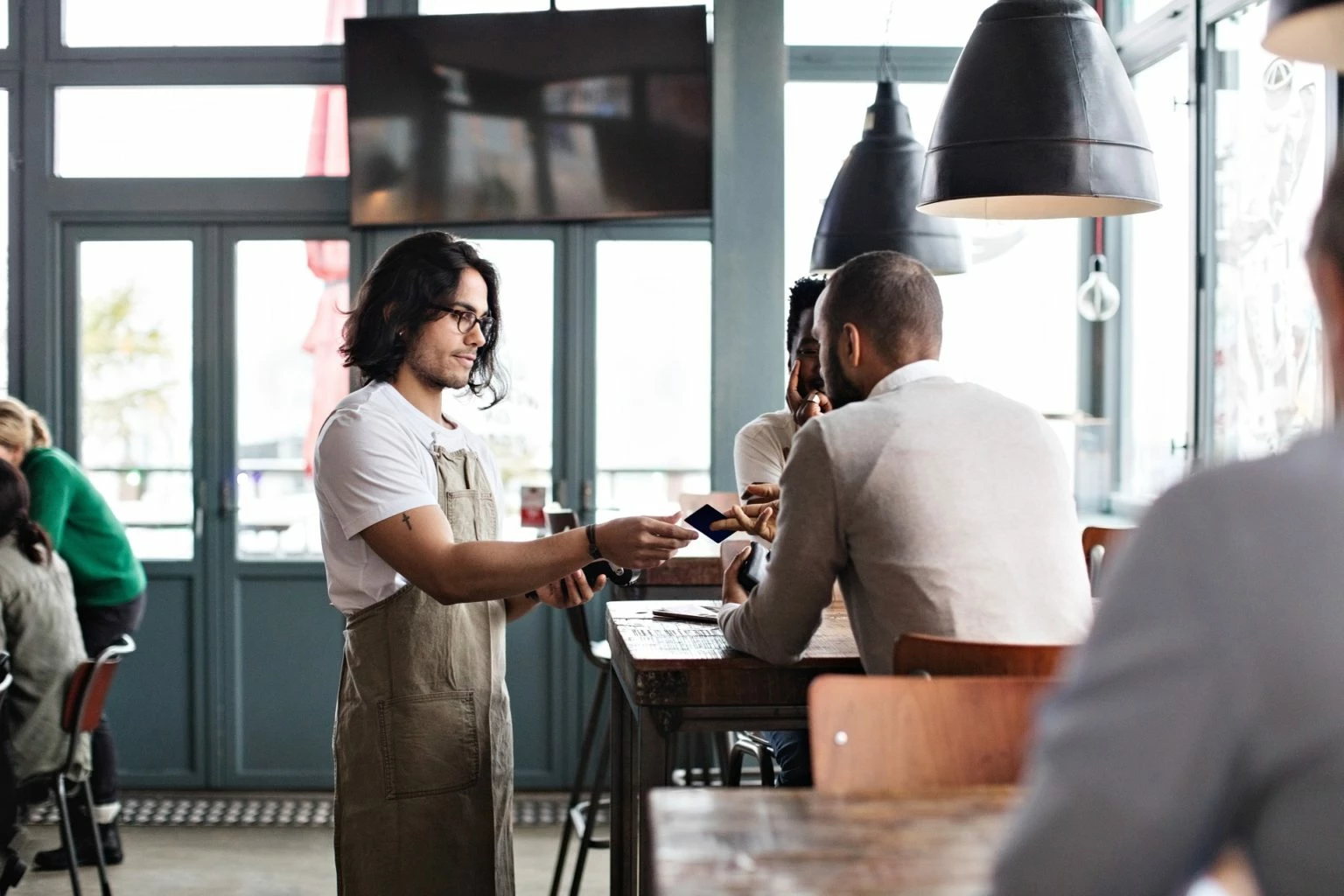Buy now, pay later
Buy now, pay later (BNPL) solutions are rapidly increasing in popularity, particularly among younger consumers. These solutions allow consumers to purchase something and pay for it at a later date or in instalments.
While this payment method used to be primarily used for high ticket items, it’s rapidly gaining traction in retail, and is expected to account for 26% of all global payments by 2026 (according to Juniper Research). So now could be the time to start considering where BNPL (as well as other flexible and easy payment solutions) may fit into your business model and cater to your customers’ needs, now and in the future.
Digital payments, prompt digital ID improvements
Increases in ecommerce and digital payments methods, have unfortunately also induced an increased risk of cybercrime. This, in turn, means an increased need for more robust digital identity infrastructures to ensure that shoppers feel secure and protected when purchasing online.
We currently encounter digital ID systems in our everyday lives, for example when interacting with banks, financial institutions and online retailers. The systems are continually under improvement, and 2022 is set to be a year of large scale changes in the area of digital ID, such as:
- In Denmark, we’ll see the replacement of NemID with MitID
- The World Economic Forum has launched a shared platform which aims to being together existing and new Digital ID solutions, that are inclusive, trustworthy and secure.
- There is a strong industry interest in introducing a set of standards Digital ID solutions must live up to, in order to ensure consistency and improve the security across the board.
It is important to remain aware of changes in these infrastructures and to ensure that you’re up to date on changes and requirements in the markets you operate in so you can provide the most secure purchase flow for your customers. Digital ID is certainly one to watch in 2022.



